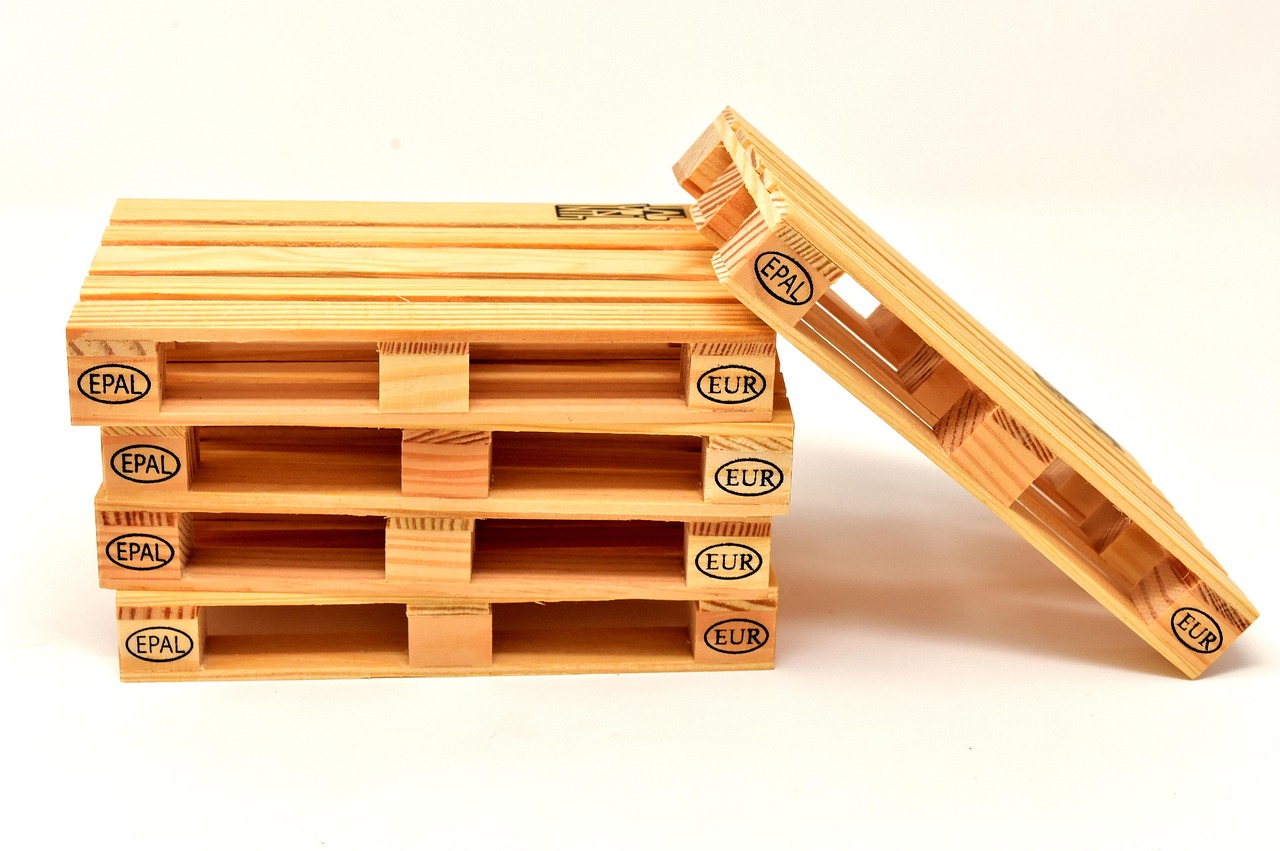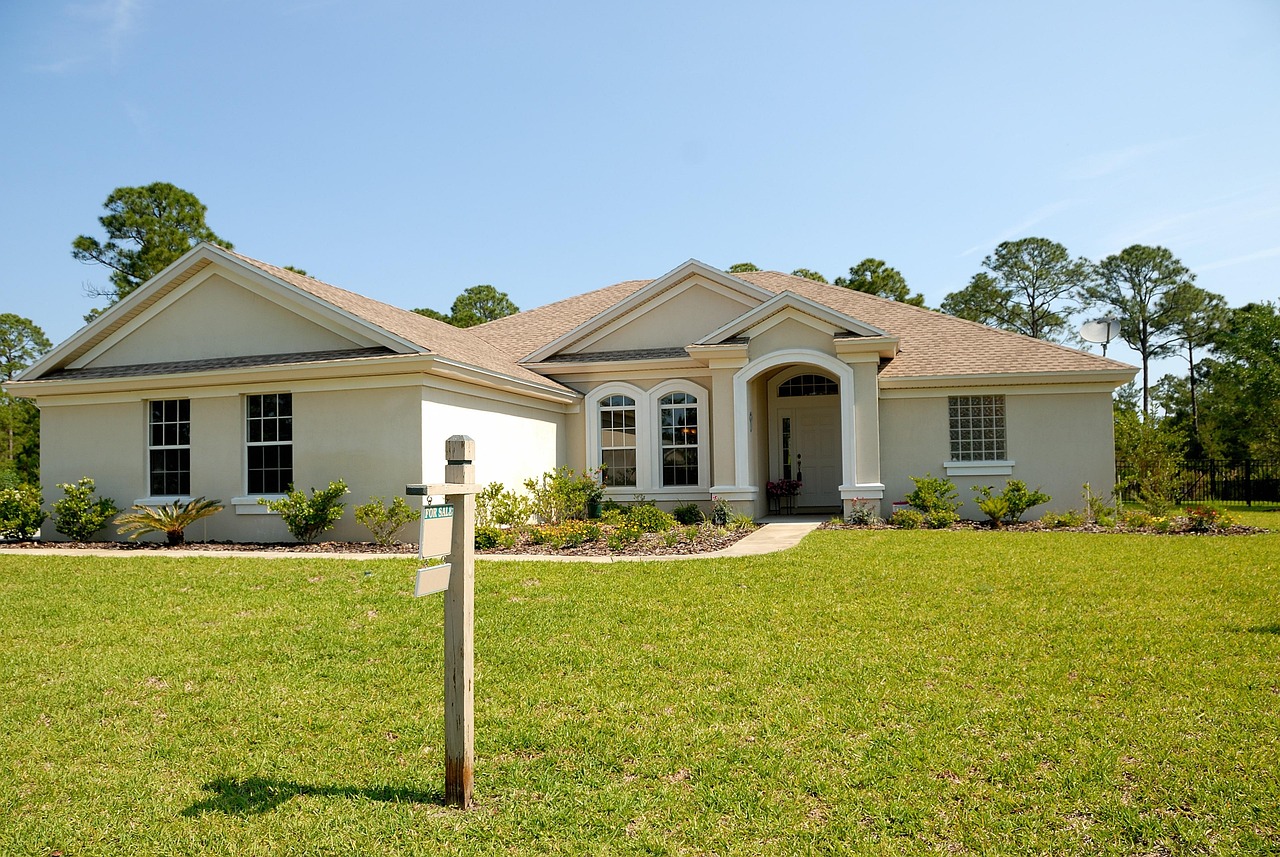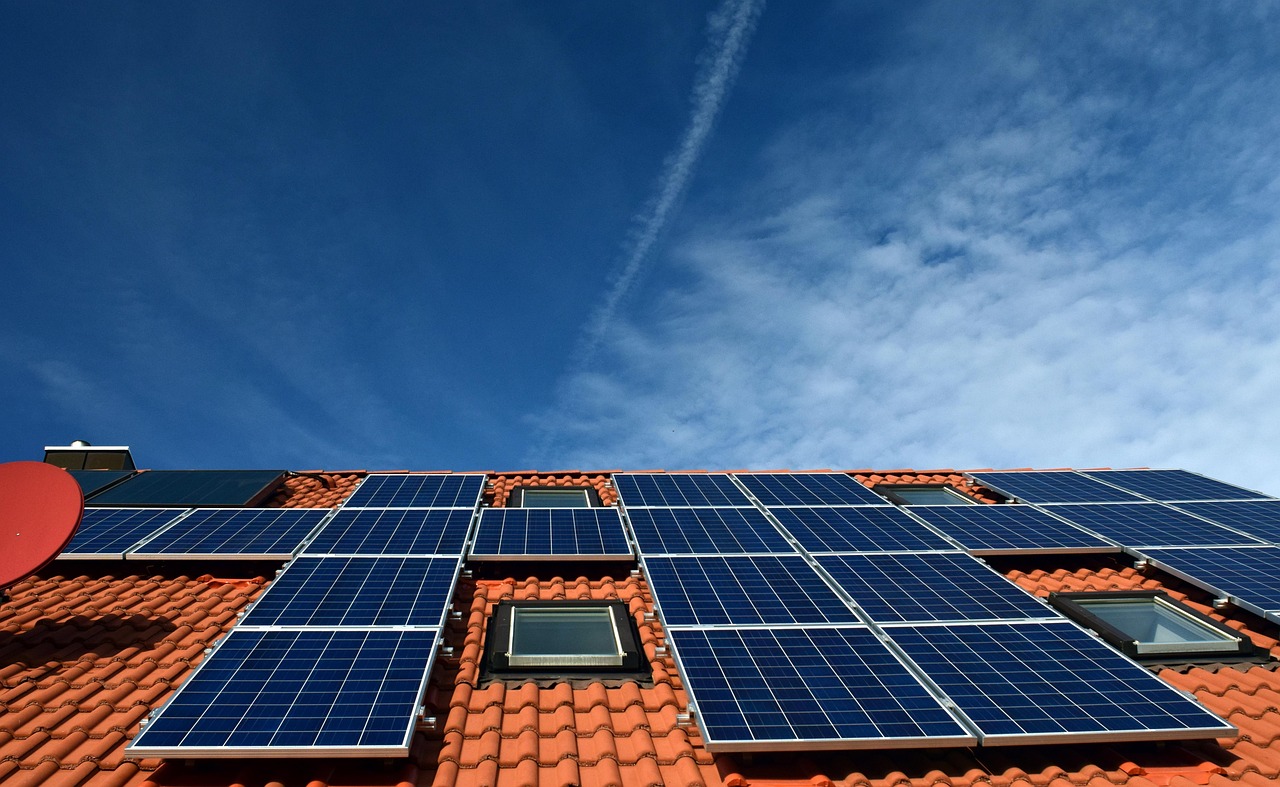Metal composite material (MCM) combines metal skins with a core material to create panels that offer enhanced strength, durability, and design flexibility. It is widely used in construction and manufacturing due to its lightweight nature and ability to be coated in various finishes. MCM’s unique structure provides a balance of structural integrity and aesthetic appeal, making it a popular choice across industries.
This material typically features aluminum as the skin, though other metals like zinc, copper, and stainless steel can be used depending on the application. The core often consists of a non-metallic substance that adds rigidity without adding significant weight. As a result, MCM panels are valued for their versatility in architectural designs and for improving performance in sectors like aerospace and automotive.
Its advantages include improved wear resistance, thermal stability, and ease of fabrication, which drive its adoption in demanding environments. With advancements in manufacturing, MCM continues to evolve, offering fire-resistant and recycled material options to meet modern industry standards.
Fundamentals of Metal Composite Material
Metal composite materials combine metals with reinforcing phases to enhance mechanical and physical properties. These materials are engineered for specific applications requiring strength, lightweight, and durability. Understanding their composition, types, production, and comparison with other materials is crucial for designing effective solutions.
Definition and Core Properties
Metal composites consist of a metal or alloy matrix with embedded reinforcing materials such as ceramics, fibers, or particles. The matrix acts as the continuous phase, providing ductility and toughness, while the reinforcement offers increased strength, stiffness, and wear resistance.
Key properties include enhanced strength-to-weight ratio, improved wear and thermal resistance, and controlled thermal expansion. These composites maintain better mechanical stability at elevated temperatures compared to conventional metals. Their combination of characteristics allows usage in demanding environments like aerospace and automotive sectors.
Types of Metal Composite Materials
There are primarily three types of metal matrix composites (MMCs) based on reinforcement form:
- Particle-reinforced MMCs: Contain ceramic particles dispersed within the metal matrix. They enhance wear resistance and stiffness.
- Fiber-reinforced MMCs: Incorporate continuous or discontinuous fibers, offering significant improvements in tensile strength and toughness.
- Structural MMCs: Feature reinforcements arranged to provide directional strength, often used in high-load applications.
Choosing the right type depends on factors like load conditions, thermal requirements, and manufacturing constraints.
Production Methods
Metal composites are produced through various methods tailored to ensure uniform reinforcement distribution and strong bonding with the matrix:
- Powder Metallurgy: Blending metal and reinforcement powders followed by compaction and sintering.
- Casting: Introducing reinforcement into molten metal before solidification.
- Diffusion Bonding: Joining metal layers with reinforcements through heat and pressure.
- Spray Deposition: Simultaneous spraying of molten metal and reinforcement particles onto a substrate.
Process choice impacts properties such as density, microstructure, and mechanical performance.
Comparison with Other Materials
Compared to traditional metals, metal composites offer superior strength-to-weight ratios and wear resistance but typically at higher production costs. Against polymer and ceramic composites, MMCs provide better thermal stability and structural integrity at elevated temperatures.
| Material Type | Strength-to-Weight Ratio | Thermal Stability | Wear Resistance | Cost |
| Metal Composites | High | High | High | Moderate-High |
| Traditional Metals | Moderate | Moderate | Moderate | Low-Moderate |
| Polymer Composites | High | Low | Moderate | Low-Moderate |
| Ceramic Composites | High | Very High | Very High | High |
Metal composites are preferred when enhanced mechanical properties and thermal resistance are critical, balancing cost and performance effectively.
Applications and Benefits
Metal composite materials combine diverse properties, offering enhanced strength, durability, and reduced weight. These traits drive their use across multiple industries, improving performance and efficiency in demanding environments.
Architectural Uses
Metal composites are used in architecture for their ability to provide structural strength while remaining lightweight. They allow for innovative designs that require high durability without adding excessive weight to buildings.
Their wear resistance and thermal stability help in exterior cladding, roofing, and façade panels, where exposure to weather and temperature fluctuations is frequent. Additionally, metal composites support sustainable building methods by reducing the need for heavy support structures.
Applications also include reinforcement of load-bearing elements and seismic-resistant structures, benefiting from the material’s combination of stiffness and toughness. This leads to safer, longer-lasting constructions with reduced maintenance requirements.
Transportation and Automotive
In transportation, metal composites optimize the balance between strength and weight, enhancing fuel efficiency and performance. Automotive components like brake rotors, drive shafts, and body panels increasingly incorporate metal composite systems.
They offer superior wear resistance compared to traditional metals, extending the life of critical parts subject to friction. The reduced density of these composites also lowers the overall vehicle weight, supporting better acceleration and reduced emissions.
Such materials enable the production of safer, more durable vehicles while addressing environmental regulations. Their thermal stability is essential for components exposed to high temperatures, such as engine parts and exhaust systems.
Aerospace Industry
The aerospace sector relies heavily on metal composite materials due to their high strength-to-weight ratios. These materials improve satellite structures, precision instruments, and airframe components by reducing mass without sacrificing stiffness.
Their resistance to wear and thermal expansion is critical in aerospace applications, where materials face extreme environments. Metal composites contribute to fuel savings, increased payload capacity, and improved flight performance.
Manufacturers use these composites for structural panels, engine parts, and fasteners, enhancing reliability and lifespan under mechanical and thermal stresses. Consistent performance and material homogeneity are priorities to ensure safety and mission success.
Sustainability and Environmental Impact
Metal composites contribute to sustainability by lowering the weight of components, which directly reduces energy consumption in transportation and building sectors. This weight reduction leads to significant carbon emission savings.
The durability and wear resistance of metal composites decrease replacement frequency and waste generation. Enhanced thermal stability also improves energy efficiency in applications like insulation and heat management.
Some metal composites incorporate recycled materials or enable better recyclability compared to traditional alloys. They support long-term environmental goals by combining performance with resource-conscious material choices.
| Benefit | Impact |
| Weight reduction | Lower energy use, reduced emissions |
| Wear resistance | Longer component lifespan |
| Thermal stability | Enhanced energy efficiency |
| Use of recycled content | Reduced resource depletion |



